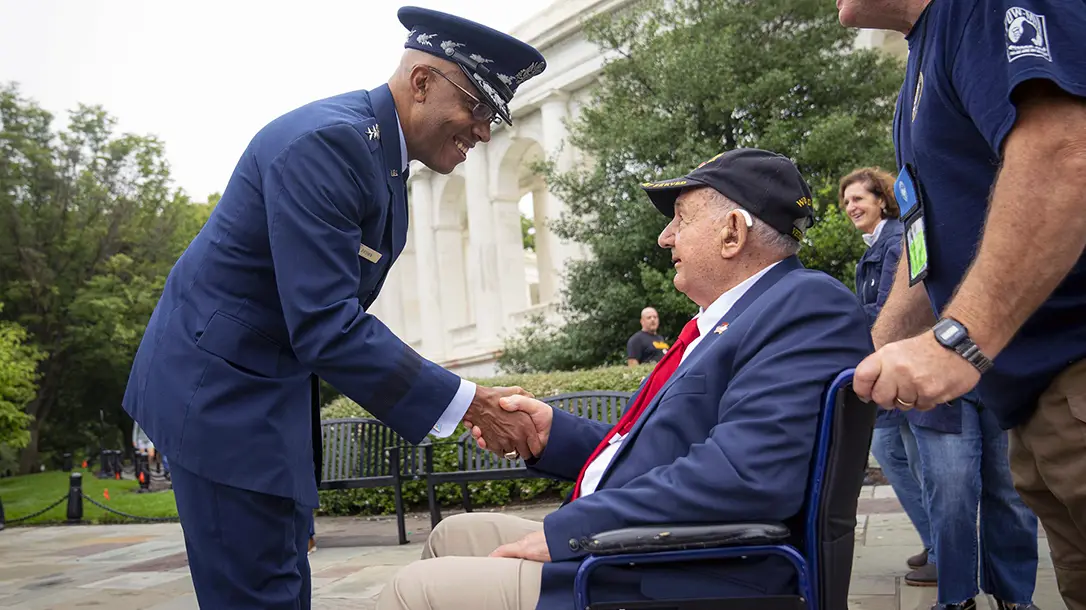Every year, we fly flags and say “thank you” to those who have put on a military uniform. Officially, Veterans Day, observed annually on November 11. This is a federal holiday in the United States dedicated to honoring military veterans who have served in the U.S. Armed Forces. However, the evolution of Veterans Day reflects a significant part of American history. It shows the nation’s acknowledgment and appreciation for the sacrifices made by its military personnel. Let’s take a look at the history of Veterans Day.
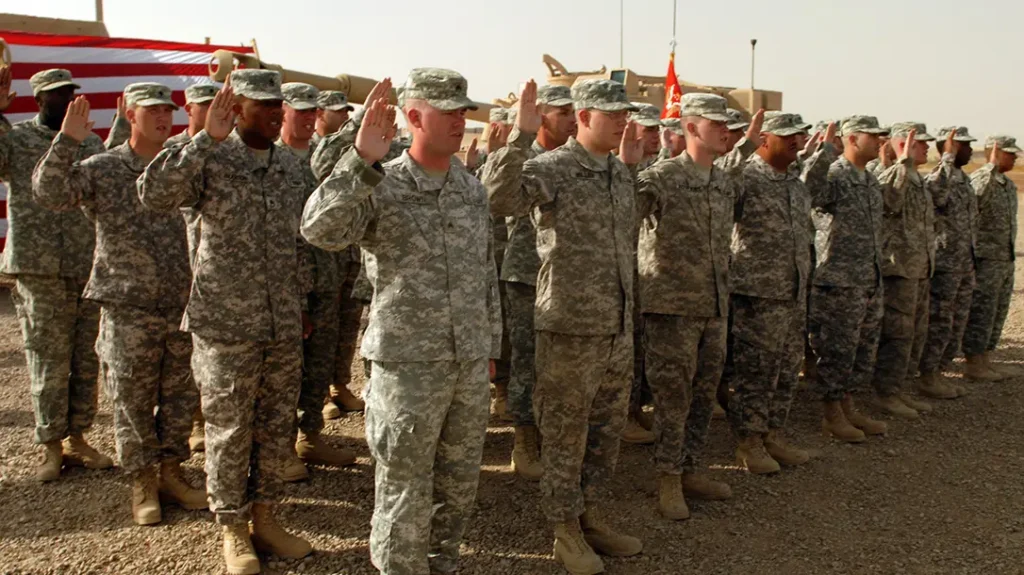
The History of Veterans Day
We can trace the origins of Veterans Day can be traced back to the end of World War I. Armistice Day was first commemorated on November 11, 1919. This marked the first anniversary of the end of hostilities on the Western Front. President Woodrow Wilson proclaimed it Armistice Day. This emphasized the importance of this day in remembering the valiant efforts of the soldiers who fought to bring peace.
Advertisement — Continue Reading Below
In 1938, the government officially designated November 11 as a national holiday. It was a day set aside for honoring World War I veterans. Today, it is recognized as Armistice Day. However, the national perspective on war and veterans changed dramatically with the advent of World War II and the Korean War. The broadening scope of the holiday led to discussions about its meaning and who it should encompass. 1954, after World War II and the Korean War, Congress passed legislation to amend the purpose of the holiday. On May 26, 1954, President Dwight D. Eisenhower signed the bill into law, officially changing Armistice Day to Veterans Day. It now extended the honor to all American veterans of all wars.
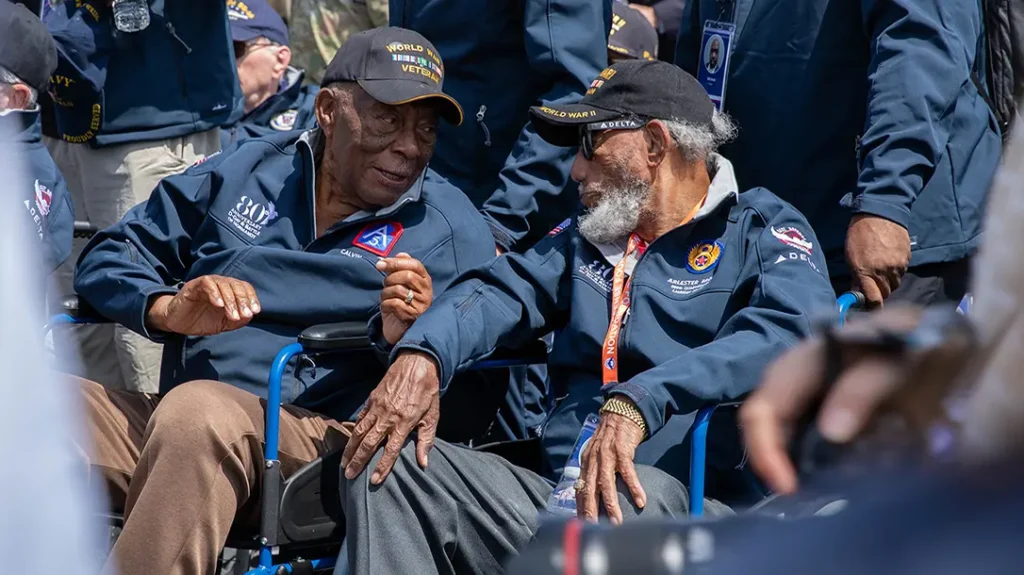
The History of Veterans Day – Honoring those That Serve
Eisenhower recognized the contributions made by all who served in the military. He suggested the need for a day dedicated to honoring veterans of any conflict. He urged all Americans to observe the day with appropriate ceremonies in his proclamation. In 1968, Congress passed the Uniform Monday Holiday Act. This act sought to provide more three-day weekends for the nation’s workers. It did this by moving the celebration of several holidays to Mondays. Veterans Day was to be observed on the fourth Monday of October as part of this act.
Advertisement — Continue Reading Below
This change took effect in 1971, but it quickly became apparent that moving Veterans Day away from November 11 diminished its significance. Veterans and patriotic groups felt that the original date was a critical reminder of the sacrifices made by servicemen and women, particularly related to the ending of World War I. In response to widespread dissatisfaction and lobbying by veterans and veteran organizations, Congress returned the observance of Veterans Day to its original date of November 11, 1975, a change that took effect on October 25, 1978. This restoration reaffirmed the importance of the day’s historical significance.
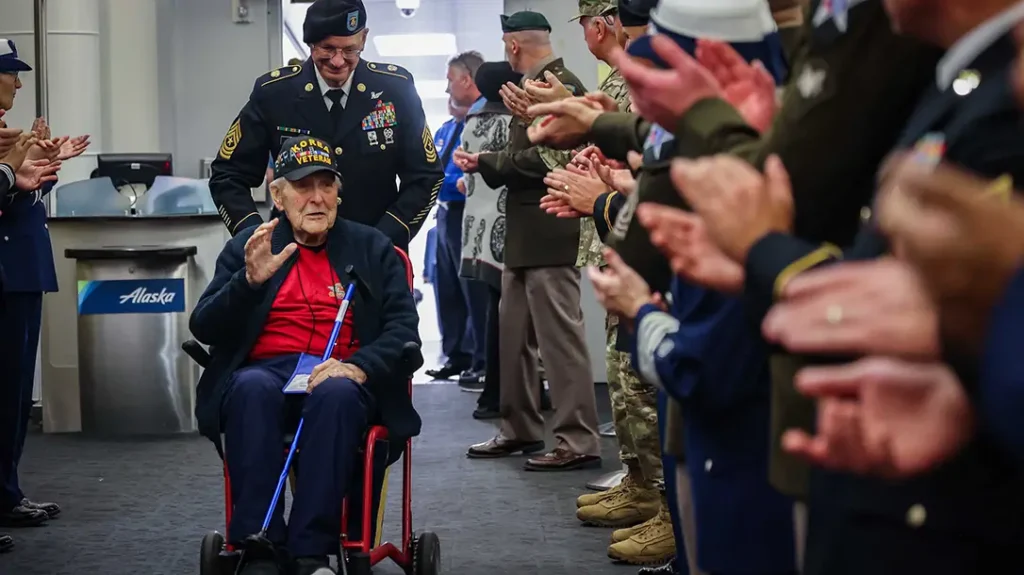
More than Parades
Over the decades, Veterans Day has grown to include various ceremonies, parades, and events dedicated to honoring those who have served. The national observance includes several key activities, most notably a wreath-laying ceremony at the Tomb of the Unknown Soldier in Arlington National Cemetery, which takes place at 11 a.m. on November 11. This act symbolizes respect for those who have fought and died in service to the country, particularly for those whose remains were never identified.
Advertisement — Continue Reading Below
Today, Veterans Day is widely recognized across the U.S. and even abroad. Many nations owe their freedoms to the U.S. and are thankful. Stores and businesses cease on the chance for business and offer discounts to veterans. The U.S. Department of Veterans Affairs also promotes various programs to help veterans reintegrate into civilian life, emphasizing the continued need for support.
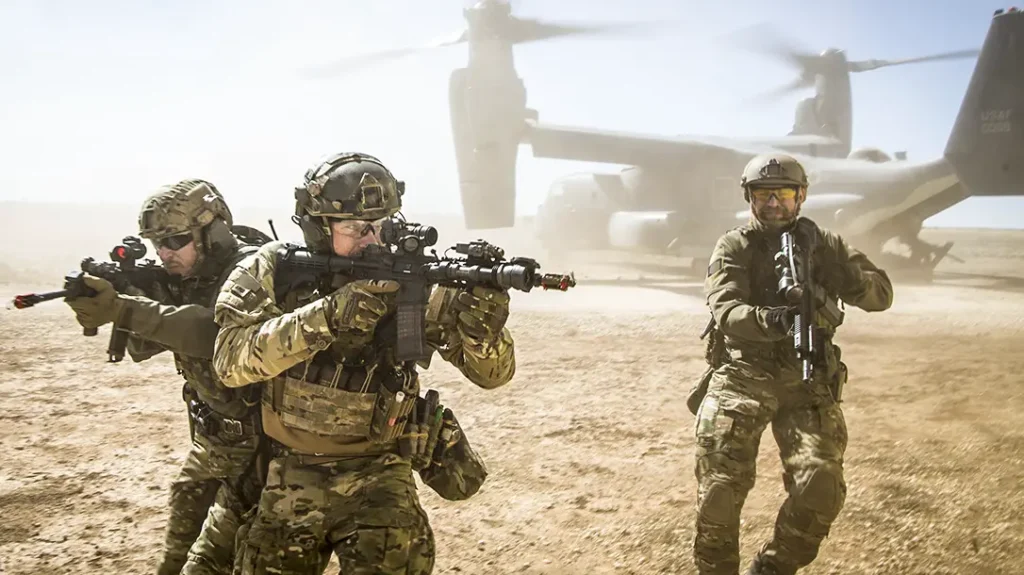
We are Thankful
We celebrate Veterans Day as more than just a day off; it is a solemn reminder of the sacrifices made by those who have served in the military. From its inception as Armistice Day to its transformation into Veterans Day, the holiday represents a profound recognition of the bravery and dedication of American servicemen and women. Ultimately, Veterans Day honors selflessness and courage. Meanwhile, when life has easier and softer paths, many wear a uniform and join a long line of warrior patriots—a sincere thank you to all who have and are serving.
Advertisement — Continue Reading Below
“Our nation itself is testimony to the love our veterans have had for it and us, and we thank God for them.”
-Ronald Reagan
For more information, visit: https://www.choose.va.gov/
Advertisement — Continue Reading Below
